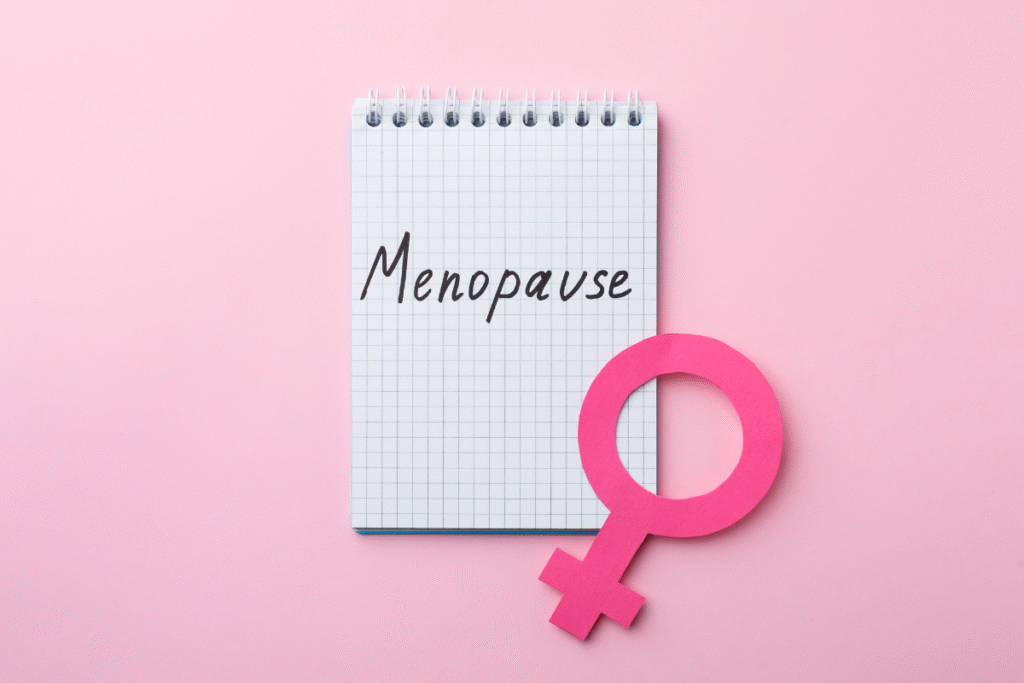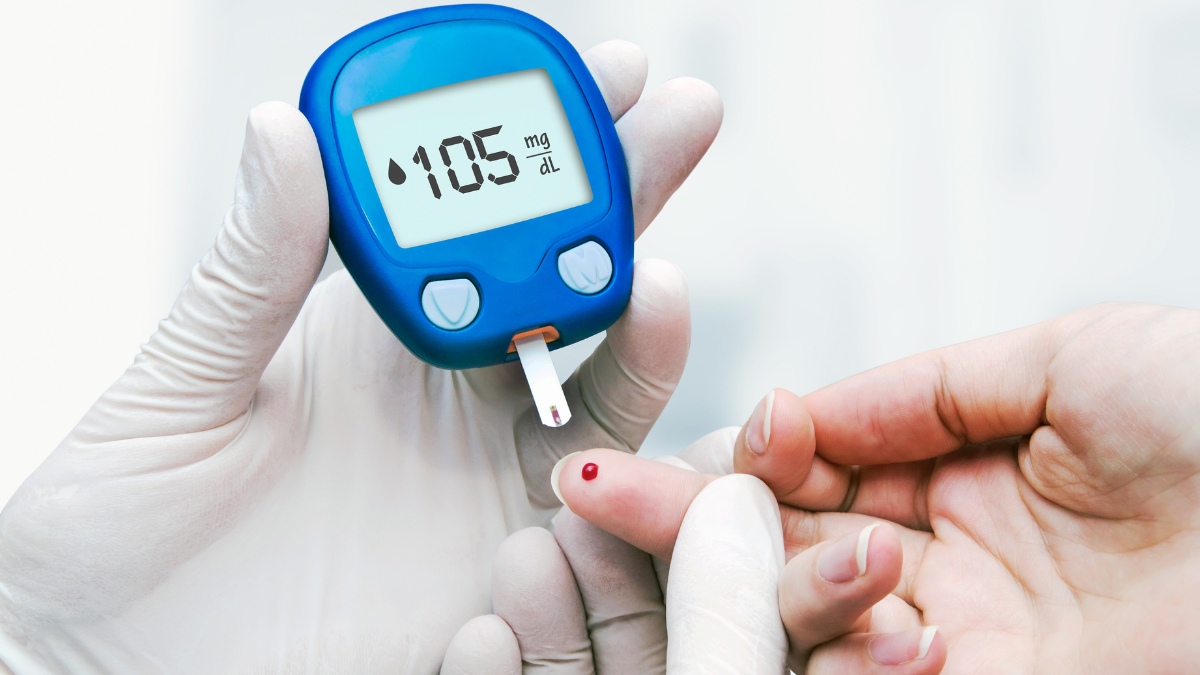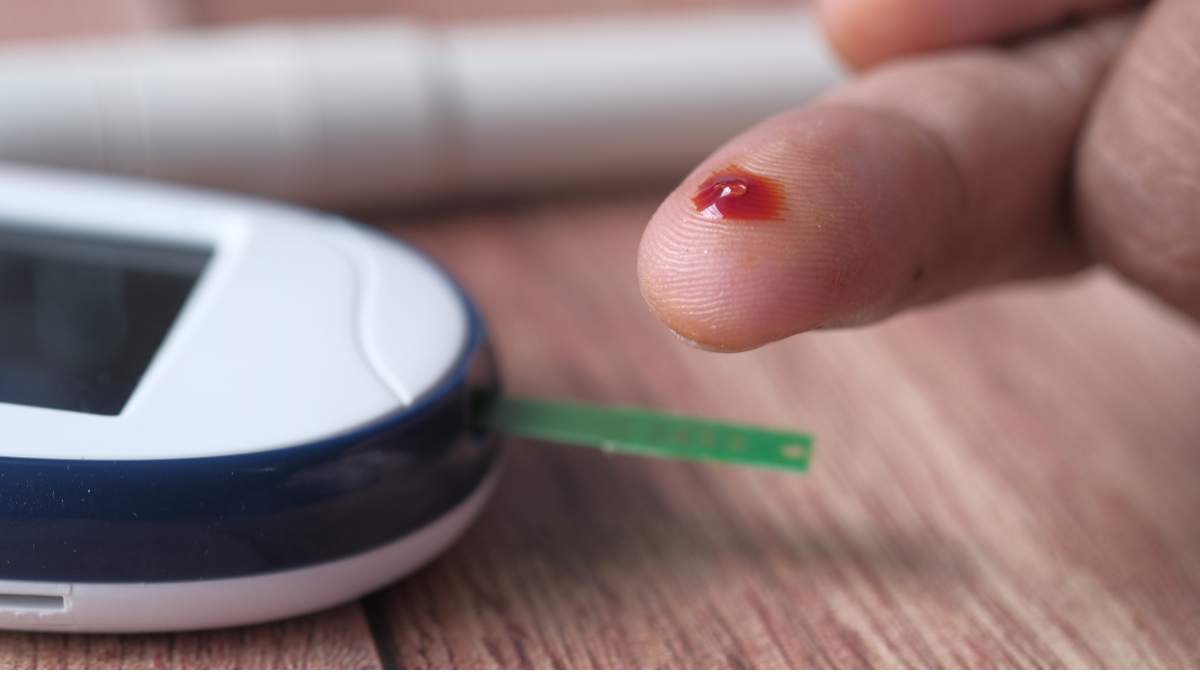Introduction
Menopause is a natural transition in a woman’s life, typically occurring between the ages of 45 and 55. While many women are aware of the classic symptoms of menopause — hot flashes, night sweats, and mood swings — fewer understand the profound effect it can have on cardiovascular health. Studies show that postmenopausal women are at a significantly higher risk of heart disease, which is the leading cause of death among women globally.
This comprehensive guide explores the connection between menopause and cardiovascular health, detailing the physiological changes that occur, the increased risk of heart-related conditions, and practical strategies to maintain a healthy heart during and after menopause.
Understanding Menopause: A Brief Overview
Menopause marks the end of a woman’s menstrual cycles and reproductive years. It is officially diagnosed after 12 consecutive months without a period. The transition to menopause, known as perimenopause, can begin several years before and includes fluctuating hormone levels — especially a decline in estrogen.
Key hormonal changes during menopause:
- Decline in estrogen and progesterone
- Increase in follicle-stimulating hormone (FSH)
- Reduced testosterone levels
While these hormonal shifts primarily affect the reproductive system, they also significantly impact metabolic and cardiovascular functions.
Why Is Cardiovascular Health Affected by Menopause?
The hormone estrogen plays a protective role in cardiovascular health. It helps maintain the flexibility of blood vessels, keeps cholesterol levels in check, and reduces inflammation. When estrogen levels decline during menopause, these protective effects diminish, making the heart more vulnerable to disease.
1. Estrogen and Blood Vessels
Estrogen helps dilate blood vessels, improving blood flow and reducing blood pressure. With less estrogen, arteries may stiffen, raising the risk of hypertension and atherosclerosis (hardening of arteries).
2. Cholesterol and Lipid Profile Changes
Postmenopausal women often see:
- An increase in LDL (bad cholesterol)
- A decrease in HDL (good cholesterol)
- An overall increase in triglycerides
These changes contribute directly to plaque buildup in the arteries and increase the risk of coronary artery disease.
3. Weight Gain and Metabolic Changes
Menopause is often associated with a slower metabolism, weight gain, and an increase in visceral fat — all of which are linked to higher cardiovascular risk.
4. Insulin Resistance
The decline in estrogen can also contribute to insulin resistance, making women more susceptible to type 2 diabetes, another major risk factor for heart disease.
Menopause and Heart Disease: The Statistics
- According to the American Heart Association, cardiovascular disease is the No. 1 killer of women, causing 1 in 3 deaths each year.
- Women are 2 to 4 times more likely to develop heart disease after menopause.
- The risk of a heart attack increases substantially in women 10 years post-menopause, especially if other risk factors (like smoking or high blood pressure) are present.
Common Cardiovascular Conditions Linked to Menopause
1. Hypertension (High Blood Pressure)
Estrogen helps maintain arterial flexibility. Once levels decline, blood pressure can rise. Many women develop hypertension for the first time during or after menopause.
2. Coronary Artery Disease
With changes in cholesterol levels and increased inflammation, postmenopausal women are more likely to experience plaque buildup in the arteries.
3. Heart Attack
Estrogen loss reduces blood vessel elasticity and increases clotting tendencies, leading to a higher chance of heart attacks, especially in women who smoke or have diabetes.
4. Stroke
The same factors that increase heart attack risk can also elevate the chance of stroke, especially if high blood pressure is not well-managed.
Symptoms of Heart Disease in Women
One of the challenges in diagnosing heart disease in women — especially postmenopausal women — is that symptoms can be different from men.
Common symptoms in women include:
- Shortness of breath
- Fatigue
- Nausea or indigestion
- Pain in the jaw, neck, or upper back
- Dizziness or light-headedness
- Sweating
Unlike the “classic” chest pain symptom, many women experience subtle warning signs that are often ignored or misdiagnosed.
Risk Factors That Multiply After Menopause
Certain modifiable and non-modifiable factors combine with menopause to increase cardiovascular risk:
Non-Modifiable:
- Age
- Family history of heart disease
- Early menopause (before age 40)
Modifiable:
- Smoking
- Poor diet
- Physical inactivity
- Excess alcohol consumption
- Uncontrolled diabetes or hypertension
- High stress and poor sleep
Preventive Strategies to Protect Your Heart During and After Menopause
The good news? Heart disease is largely preventable. Women can take proactive steps during perimenopause and beyond to protect their cardiovascular health.
1. Eat a Heart-Healthy Diet
Focus on:
- Whole grains, fruits, and vegetables
- Lean proteins like fish, legumes, and tofu
- Healthy fats such as olive oil, nuts, and seeds
- Reducing sodium and added sugars
- Limiting processed and red meats
The Mediterranean Diet is particularly beneficial for postmenopausal women.
2. Exercise Regularly
Aim for:
- 150 minutes of moderate aerobic activity per week
- 2 sessions of strength training
- Activities like walking, swimming, yoga, and resistance training help reduce blood pressure, improve cholesterol, and maintain a healthy weight.
3. Monitor Your Health Numbers
Keep an eye on:
- Blood pressure (aim <120/80 mmHg)
- Cholesterol (LDL, HDL, triglycerides)
- Blood glucose levels
- Body mass index (BMI) and waist circumference
4. Stop Smoking
Smoking accelerates plaque buildup, damages blood vessels, and increases the risk of blood clots. Quitting smoking can cut your heart disease risk in half within a year.
5. Manage Stress and Sleep
Chronic stress and poor sleep are linked to inflammation and high blood pressure. Techniques like meditation, deep breathing, journaling, and cognitive behavioral therapy can help.
6. Consider Hormone Replacement Therapy (HRT) — Cautiously
HRT may be prescribed for severe menopausal symptoms, and some studies suggest it may have cardiovascular benefits when started early (before age 60 or within 10 years of menopause).
However, HRT carries risks and is not recommended solely for heart disease prevention. Discuss the pros and cons with your doctor to make an informed decision.
When to See a Doctor
You should consult a healthcare professional if:
- You experience chest pain or unusual fatigue
- You notice a significant change in exercise tolerance
- You have risk factors like high blood pressure, diabetes, or family history of heart disease
- You are considering hormone therapy
Early detection can make a significant difference in long-term outcomes.
Final Thoughts: Menopause Is a Turning Point — Not a Diagnosis
Menopause is a natural phase, but it comes with serious implications for heart health. Awareness is the first step. By understanding the link between menopause and cardiovascular disease, women can take control of their health and prevent heart-related complications.
Your heart doesn’t have to suffer because of menopause. With the right lifestyle changes and medical guidance, you can live a vibrant, heart-healthy life long after your periods stop.
Frequently Asked Questions (FAQs)
Q1: Does menopause cause heart disease?
A: Menopause doesn’t directly cause heart disease, but the hormonal changes, especially the loss of estrogen, significantly increase the risk.
Q2: Is hormone replacement therapy safe for the heart?
A: HRT may offer heart benefits if started early but isn’t recommended solely for heart disease prevention. Always consult your doctor.
Q3: Can lifestyle changes reverse heart disease risk post-menopause?
A: Yes, adopting a heart-healthy lifestyle can significantly reduce your risk and, in some cases, reverse early-stage heart disease.





